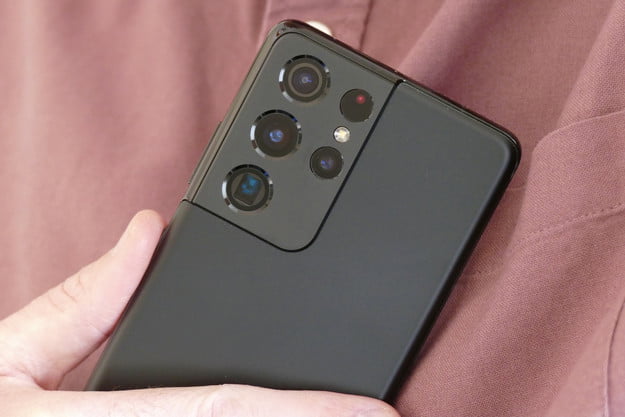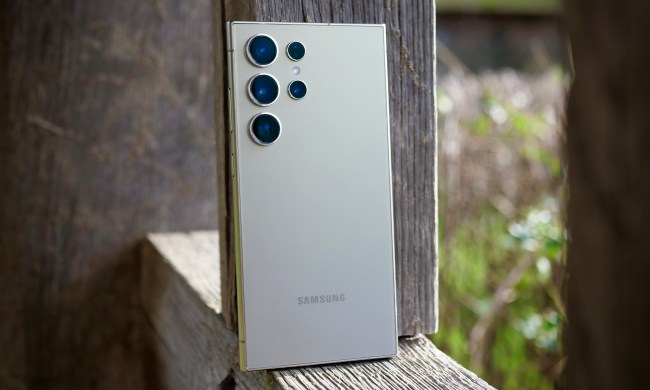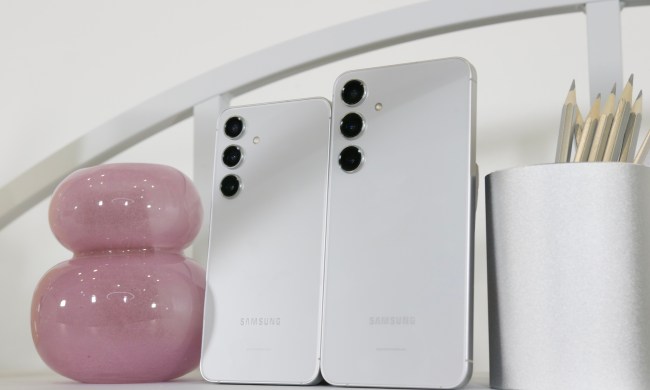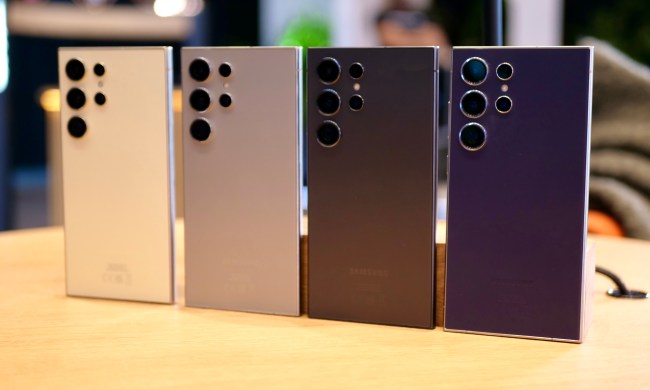Not all Samsung Galaxy S21 phones are born the same. Depending on where you live, the processor that runs the phone will either be the Samsung Exynos 2100 or the Qualcomm Snapdragon 888. In the U.S., you get the Snapdragon, while in the U.K., Europe, and many other parts of the world, it’s the Exynos.
In some corners of the internet, Samsung’s Exynos processor has a bad reputation — and frankly, it’s somewhat deserved given how poorly it performed in the past. Things have changed, but the name may still lead some to think they’re being shortchanged if they’re forced into an Exynos 2100 Galaxy S21. Are you?
I’ve been using an Exynos 2100-powered Galaxy S21 Ultra, while DT’s Mobile Editor Andrew Martonik has a Snapdragon 888-powered S21 Ultra. We’ve been comparing notes to see if one of us has pulled the short straw.
Numbers don’t tell the whole story
How different are these chipsets? They’re very similar to each other on paper. Both are built using a 5nm process and both have octa-core CPUs, plus they both support cameras up to 200-megapixels, use LPDDR5 RAM, and have similarly powerful artificial intelligence engines, along with integrated 5G modems. Dig a little deeper, and the main differences come down to the choice of the Arm Cortex cores used inside, and the Snapdragon 888’s Adreno 660 GPU versus the Exynos 2100’s Mali G78 GPU.

Samsung’s decision to use two different processors, even when they’re very similar to each other, inevitably leads to comparison, particularly at a technical level. Benchmark tests comparing the two are plentiful, with one of the most comprehensive coming from Golden Reviewer’s series of videos on YouTube.
There are several tests. This one shows how both phones maintained 60 frames per second (fps) during a PUBG Mobile gaming session and used the same amount of battery as well, while in a varied five-hour test the Exynos 2100 marginally beat the Snapdragon 888 by having 33% battery remaining, compared to the Snapdragon 888’s 32% remaining. The conclusion was that this year, the Exynos 2100-powered Galaxy S21 performs almost identically to the Snapdragon 888 models, outside of a tiny efficiency difference in some situations.
While these are close to real-world tests, they’re still performed in controlled circumstances without data connectivity, and without the same stop/start nature of everyday phone usage. That’s where our experience comes in.
Living with the Exynos 2100
Using the phone every day, I simply couldn’t tell you whether my Galaxy S21 Ultra has an Exynos 2100 processor inside — not least because Samsung didn’t tell me in either my own briefings or during the launch event. Like the fact that the phone runs Android, it’s a technical aspect that’s simply glossed over. There was once a time when this could be viewed as avoidance, but this year it’s more of an inconsequential specification that’s simply not important to the vast majority of buyers.
I also don’t think about which processor is inside my phone because it does everything I want it to exceptionally well. I would probably be considered a normal phone user — daily messaging, browsing, video, music, gaming, photography, and other app use. What I’m concerned about when doing these things is speed, battery consumption, and heat generated — and if one processor clearly did things better than the other, I’d be annoyed if I was forced into having the rubbish one.

In normal use, I can’t imagine how much faster the S21 Ultra could really feel, or how much better the battery life could be. The phone feels faster than the Exynos 990-powered S20 Ultra right from the start due to the vastly improved fingerprint sensor — and from that point on, it has never lacked in performance. Switching between apps, scrolling through Twitter, streaming video from an app to my TV, and making video calls using WhatsApp are all seamless and free of frustration. With usage at around four or five hours screen time, the phone’s battery easily lasts all day, while half of the time, it’ll go through a second day, too.
Complaints about the Exynos 2100 have often centered around the graphics, so how is it when playing games? I played my go-to games — Asphalt 9: Legends, Danmaku Unlimited 2, and Bullet Hell Monday Finale — and they not only play incredibly smoothly, but didn’t generate much heat from the phone. Perhaps if you play first-person games competitively, or are a very hardcore mobile gamer, you’ll want something more, but that’s what phones like the ROG Phone 3 are for.
No need to worry
The Galaxy S21 Ultra has been my daily phone for three weeks now. I have no complaints about any aspect of the performance, and cannot imagine any regular, normal phone user would either. But is the Snapdragon 888 Galaxy S21 Ultra different? Speaking to DT’s Mobile Editor Andrew Martonik about his experience with his Qualcomm-powered phone, he has had, “no worries about performance or battery life.”
His experiences mirror my own, with daily app use — including graphically intensive gaming — showing no signs of slowing down. Jumping between apps, multitasking, streaming video, and everything else you could ask for are all as smooth as you’d ever expect. And battery life, too, matches: He ends most days with over 50% battery, with zero concern throughout the day as to whether he’ll have to charge.
Both of these chipsets are fantastic, and you’d never notice the difference.
Having lived with Exynos-powered phones for the last year — from the Galaxy Fold to the Galaxy S20 series, and finally to the Galaxy Note 20 Ultra — I only ever had one complaint about them. All the phones generally performed very well in daily use, but the battery life could have been better. Battery life was usually less of a problem in the same phones powered by Snapdragon processors, which were markedly more efficient, and that matters more to me on a daily basis than GPU performance when gaming.
That’s changed this year with the Exynos 2100. The chip’s efficiency has clearly improved, resulting in better heat management and more consistent performance, and therefore longer battery life — or at least, longevity that’s comparable to the Snapdragon phones. Digging into the specs and worrying about small, theoretical performance differences in very specific situations just isn’t worth it.
Settling for a Exynos-powered Galaxy phone several years ago was depressing. Buying a Galaxy S21 in 2021 isn’t — you can buy the phone that’s available in your local market, and be happy with the decision.



